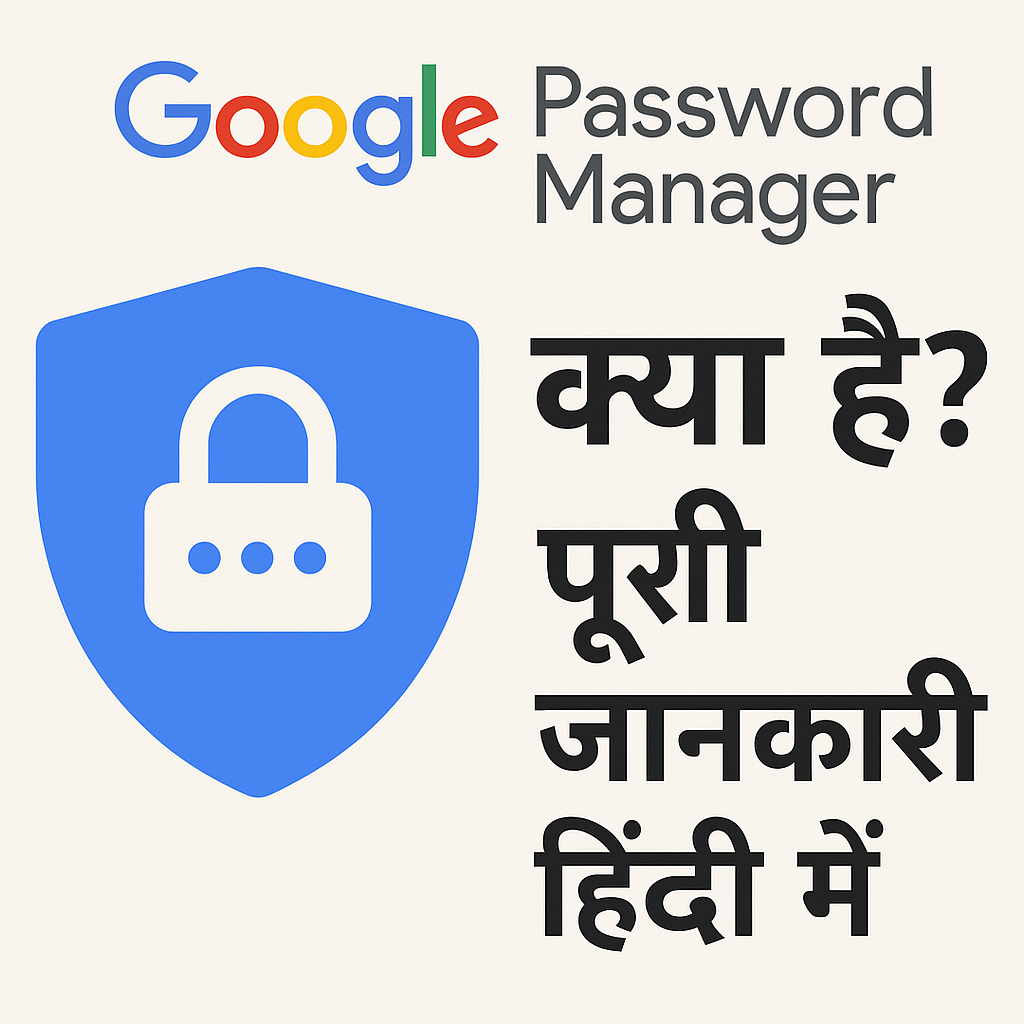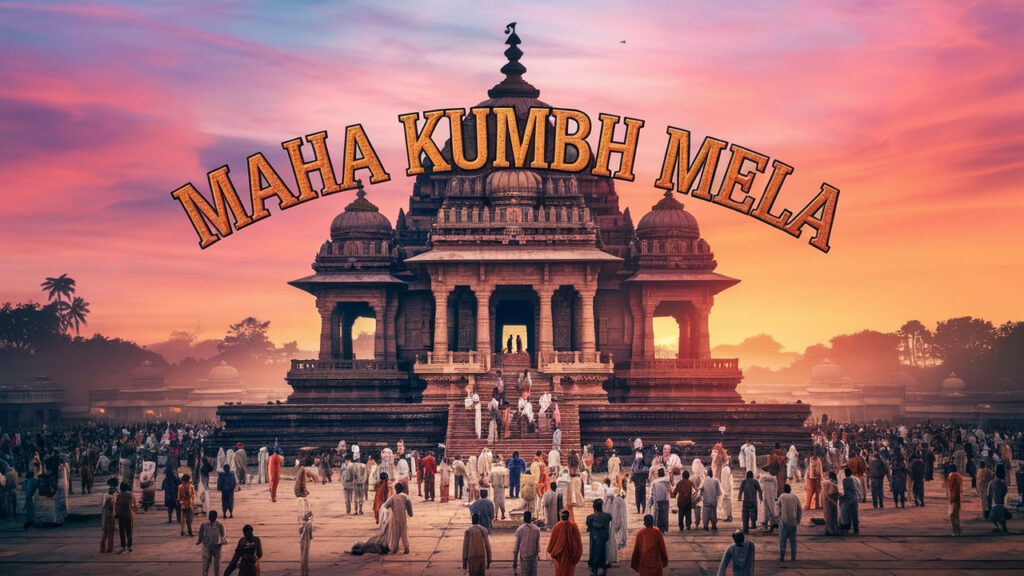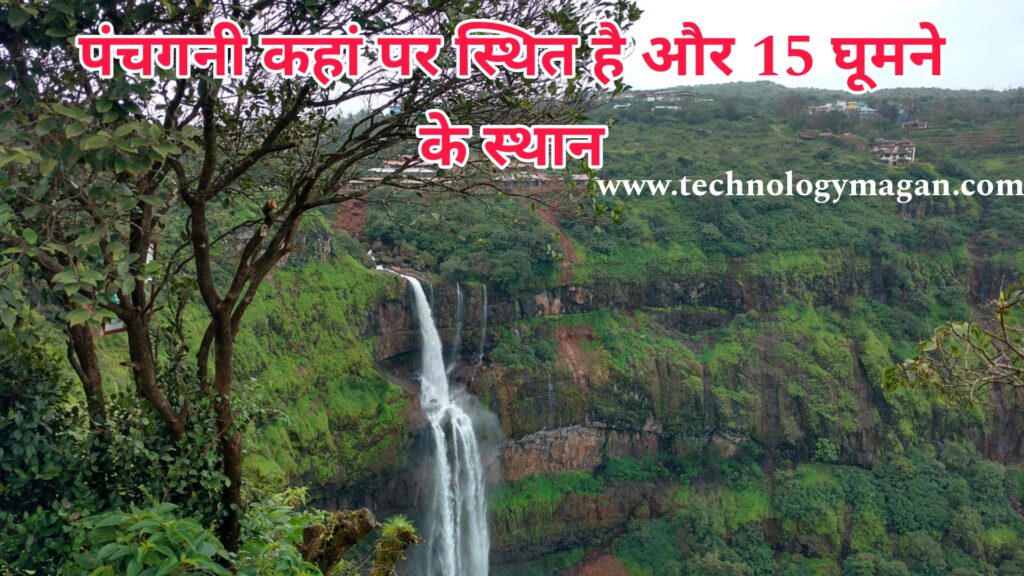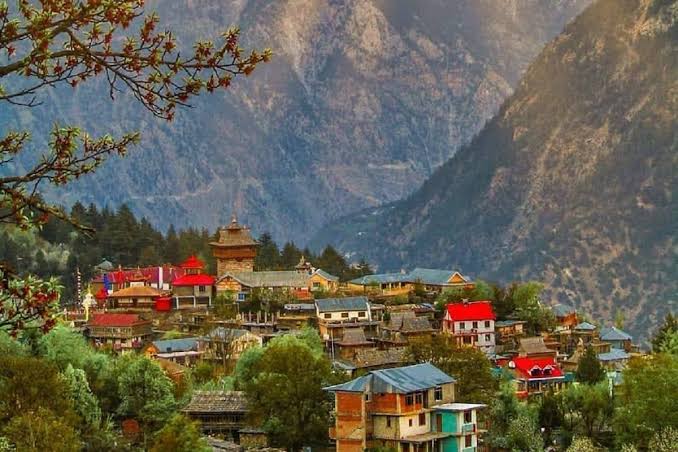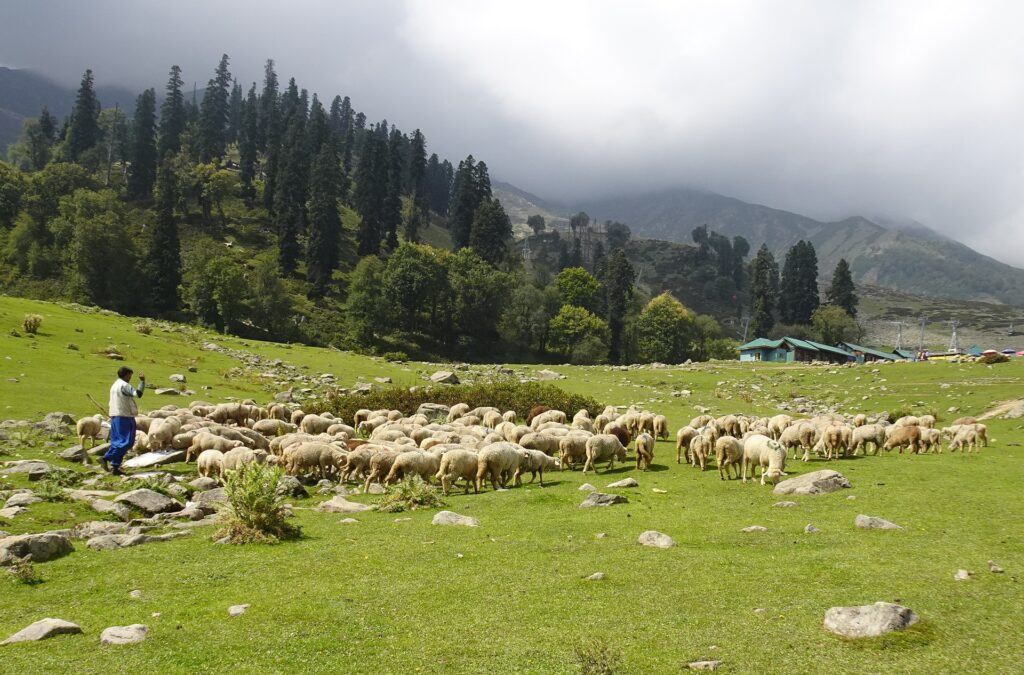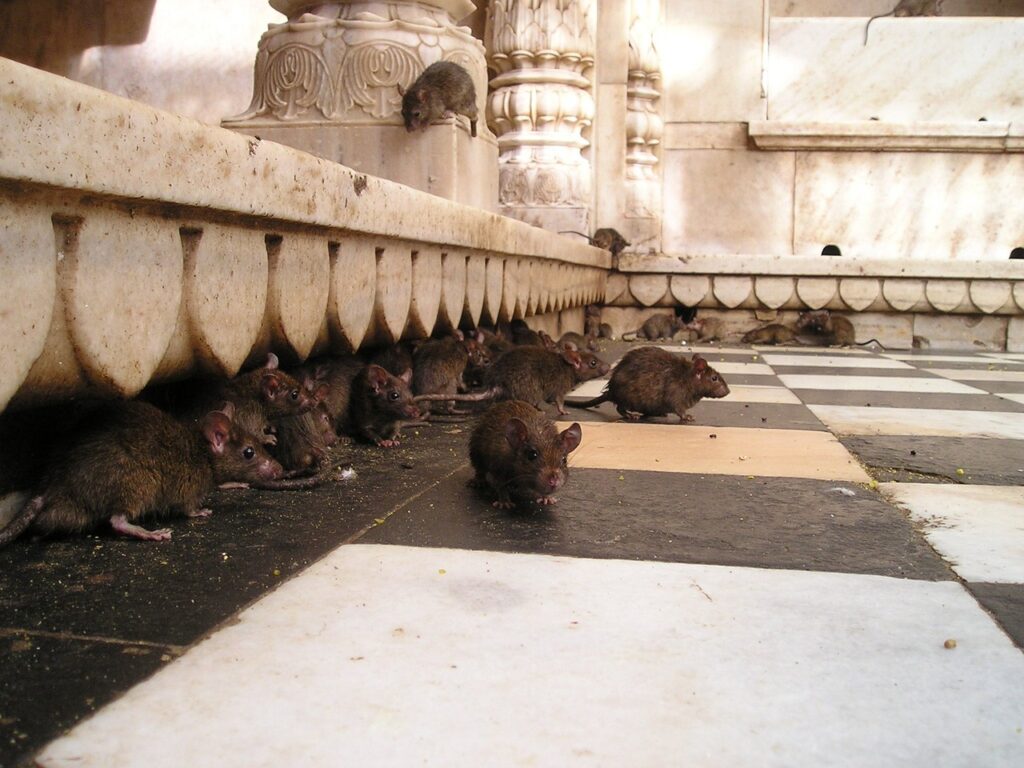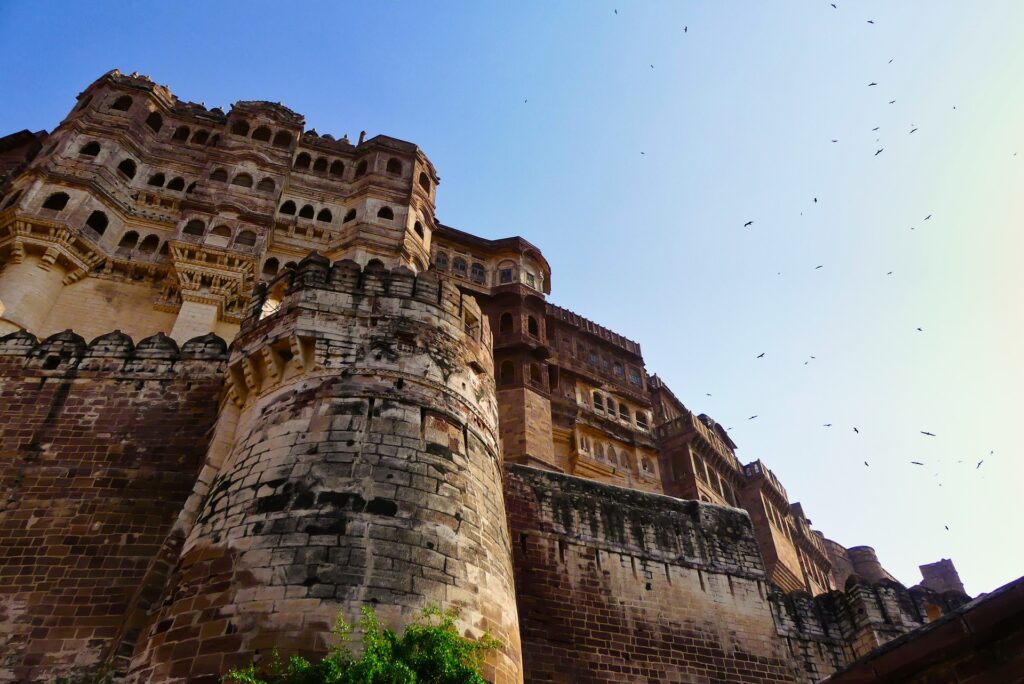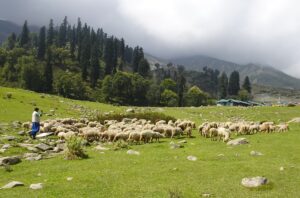
Truth of Kashmir Files: After all, what happened to Kashmiri Pandits 32 years ago, who is responsible for their exodus?
The Kashmir Files and Story of Kashmiri Pandit Exodus: From Yasin Malik to the then Governor Jagmohan and the Kashmiri leader Abdullah-Mufti, whose role was during the exodus of Kashmiri Pandits?
The film ‘The Kashmir Files’ made about the exodus of Kashmiri Pandits is currently in discussion. The film depicts the story of that period of 1990, when lakhs of Kashmiri Pandits had to flee their homes due to the threat of terrorists. However, under what circumstances this happened and what were the prominent faces, which continued to come to the fore throughout this incident, it was not discussed much in the country.
Kashmiri Pandits means Brahmin community living in Kashmir. This community was a minority in the Valley since its inception. Let us know how hatred was sown to expel Kashmiri Pandits from the valley?
Sheikh Abdullah, 1975
To understand how religious frenzy flared up in Jammu and Kashmir, one has to turn to 1975. This was the period when Prime Minister Indira Gandhi signed an agreement with Sheikh Abdullah to improve the situation in the Kashmir Valley. It was only after this agreement that Sheikh Abdullah got the power of Kashmir. It is said that the agreement of Indira Gandhi and Sheikh Abdullah was opposed by most of the Muslim population of Kashmir.
According to a Stanford University research paper, Sheikh Abdullah made several communal speeches in the state to quell the opposition to the agreement. In 1980, Abdullah changed the names of 2500 villages to Islamic names. Comparing the killing of Muslims in Moradabad to the Jallianwala Bagh massacre. It is believed that this was the period when Kashmir was pushed towards complete Islamization. Some riots also broke out in Srinagar regarding this.
Jammu and Kashmir Liberation Front, 1977
A section in Jammu and Kashmir had always been a supporter of separatism. However, this organization has never found a place to spread its agenda in Kashmir before. Then this organization renamed the Plebiscite Front in Britain (a group of leaders supporting the plebiscite) as the Jammu Kashmir Liberation Front (JKLF). This organization played a big role in the massacre of Kashmiri Pandits. The leader of this organization, Bitta Karate, had also claimed to have killed more than 30-40 Kashmiri Pandits in an interview to Newstrack journalist Manoj Raghuvansh in 1991.
Ghulam Mohammad Shah, 1984
After this, the next important date comes on July 2, 1984, when the Indira Gandhi government at the center dissolved the government of Sheikh Abdullah’s son and the then CM Farooq Abdullah. It was alleged that the Abdullah government carried out barbaric attacks against the Congress people and Kashmiri Pandits. The Congress made Ghulam Mohammad Shah, the brother-in-law of Farooq Abdullah, the chief minister shortly after.
According to PS Verma’s book ‘Jammu and Kashmir at the Political Crossroads’, the Congress government at the Center expected Gulshah to implement his ideas in Kashmir. However, contrary to the expectations of the Congress, Shah started pushing Kashmir from the side of radical Islam.
The Hindu-Muslim riots took place for the first time in Jammu and Kashmir in February 1986 when Ghulam Mohammad Shah was the CM. Then Shah got a mosque established in the secretariat. Hindus demonstrated about this and there were tremendous riots from Jammu to Kashmir. In the Kashmir Valley, the extremists even destroyed the temples of Hindus. It is said that more than 10 Kashmiri Pandits were killed in the riots.
Jagmohan, 1986
Jagmohan, the then governor of the state, dissolved the government of Ghulam Mohammad Shah over the riots that broke out for the first time in Jammu and Kashmir. There is a lot of debate going on across the country about the fact that Jagmohan was the BJP-backed governor when the crisis situation arose in Jammu and Kashmir. However, the truth was that in his first term, he was made the governor by the Congress government. He had been the governor for a full five years and this was the time when the situation in Kashmir started deteriorating.
Syed Ali Shah Geelani-Yasin Malik, 1987-1990
After a year under President’s rule, elections were held in Jammu and Kashmir in 1987. For the first time in these elections, Syed Ali Shah Geelani, who supported radical Islam in Kashmir, had also decided to contest. Separatist leaders like Yasin Malik were also involved in his support and campaign. These leaders had formed their party ‘Muslim United Front’ for the elections. This party later came to be known as Hurriyat.
In these elections held in 1987, there were constant allegations of wrongdoing. When Farooq Abdullah was declared the winner in the results, the Muslim United Front alleged that the elections were completely rigged. It was from here that the MUF leaders came to be recognized as separatist leaders one after the other and Kashmir was pushed towards radicalisation. During this, Yasin Malik, who campaigned for Geelani, also became a part of the Jammu and Kashmir Liberation Front. In this way the entry of JKLF, which was out of India for a long time, became possible.
Tika Lal Taplu, 1989
After spreading violence in Kashmir, the JKLF first targeted and killed a Kashmiri Pandit on 14 September 1989. This was the name of Tika Lal Taplu, BJP leader of the valley. After this, retired J&K High Court judge Neelkanth Ganju was hanged to death outside the High Court in Srinagar. This was the period when Ram Janmabhoomi was emerging as a big issue in India and the Rajiv Gandhi government at the Center was constantly facing difficulties. The Congress government fell after allegations of Bofors scam.
VP Singh-Mufti Mohammad Sayeed, 1989
After the fall of the Congress government, the Janata Dal government was formed on 2 December 1989 under the leadership of VP Singh. This government was then supported from outside by the Bharatiya Janata Party (BJP) led by LK Advani. As PM, VP Singh had appointed Mufti Mohammad Sayeed, the leader of Kashmir and a staunch opponent of Farooq Abdullah, as the Home Minister. It is believed that despite the deteriorating situation in Kashmir then, the Mufti raised the demand to send a strong governor to the state.
Jagmohan’s name was once again discussed for this post, but before he could be appointed, the JKLF terrorists kidnapped the daughter of Mufti Mohammad Sayeed, Rubiya. The incident happened on December 8, just six days after Saeed became home minister. The terrorists demanded the release of some more terrorists for the release of Rubiya. After this, the central government released five terrorists within four days to free Rubia in a hurry.
Jagmohan vs Farooq Abdullah, 1990
According to the European Foundation for South Asian Studies (EFSAS), JKLF’s spirits began to rise only after this incident. These terrorists gradually started giving anti-Hindu advertisements in Kashmir’s newspaper Aftab and Al-Safa. Apart from this, posters with anti-Hindu slogans were also put up in the streets and alleys. Even from mosques, Pandits were threatened to leave the valley at the earliest. Due to these incidents, the troubles of the VP Singh government regarding Kashmir continued to increase. Eventually, under pressure from Mufti Mohammad Sayeed, VP Singh once again appointed Jagmohan as the Governor of Kashmir on 19 January 1990.
Farooq Abdullah had already threatened the central government that if Jagmohan was re-appointed as the governor of Kashmir, he would resign from his post. Farooq said that Jagmohan had already dissolved his government, so he did not trust Jagmohan. Farooq resigned from the post of CM on the next day of Jagmohan’s appointment i.e. on 20 January 1990 and President’s rule was imposed in the state.
At present, many such social media posts have come to the fore, in which it has been alleged that Farooq Abdullah had helped terrorists to expel Kashmiri Pandits from the Valley even before resigning. Some posts also claimed that VP Singh and Jagmohan, appointed by the Sangh-backed government, had persuaded Kashmiri Pandits to flee the Valley. It is also said in some other posts that the steps were taken very late by Jagmohan to save Kashmiri Pandits. Amar Ujala does not confirm the claims made in these posts. However, the facts given in this article are based on books and documents.
George Fernandes, 1990
During the exodus of Kashmiri Pandits from the Valley, the VP Singh government tried hard to change the situation. To prevent violence, the Center first created the Ministry of Kashmir Affairs in March 1990 and gave additional charge to Railway Minister George Fernandes. However, instead of improving, the situation in the state worsened with another appointment to handle the situation in Kashmir. The swords were clearly visible between Jagmohan and George Fernandes. In a letter written by Jagmohan to PM VP Singh, a complaint was also made about George Fernandes. Even Jagmohan had threatened him with resignation. In a span of three weeks in May-June 1990, both the leaders were removed by the central government. On 10 November 1990, the VP Singh government fell and the Chandrashekhar-led government came to the center after the situation in Kashmir could not be handled and was surrounded on different issues.
Narasimha Rao, 1992
After getting support from outside the Congress, Chandrashekhar ran the government for only seven months while being the PM. After the fall of Chandrasekhar government, the Congress government led by Narasimha Rao came to power. According to an article by senior journalist and editor of The Print, Shekhar Gupta, when Narasimha Rao became the Prime Minister, the situation in Kashmir was very difficult to handle. The same was the condition of Punjab during that period, which was affected by terrorist activities. According to Gupta, Rao used his political sense and force to bring both the states under control. While KPS Gill in Punjab, he worked to bring the situation under control through the Indian Army in Kashmir.
Due to taking strict steps in Kashmir, Rao also had to face opposition from the US during that period. Apart from this, the then Prime Minister of Pakistan, Benazir Bhutto also vigorously continued to raise the issue of Kashmir in international forums. However, when Pakistan decided to raise the Kashmir issue in the UN, Narasimha Rao, showing his political cleverness, sent Leader of Opposition Atal Bihari Vajpayee as India’s representative. It was only because of Rao’s perseverance and Vajpayee’s eloquence that Pakistan had to face the issue of Kashmir in the United Nations.

